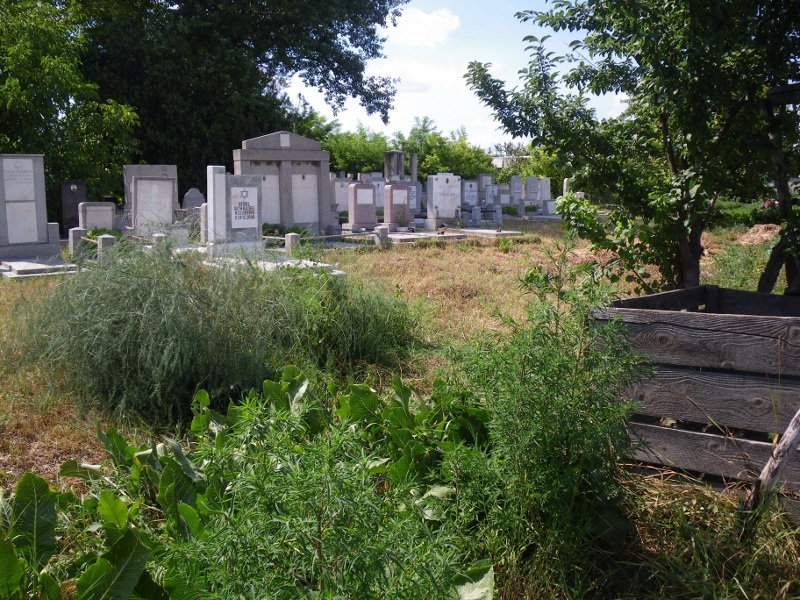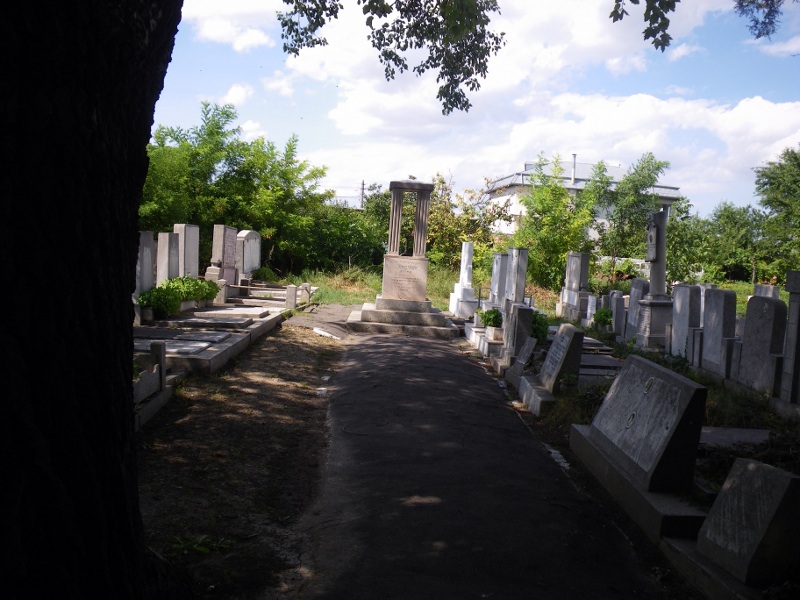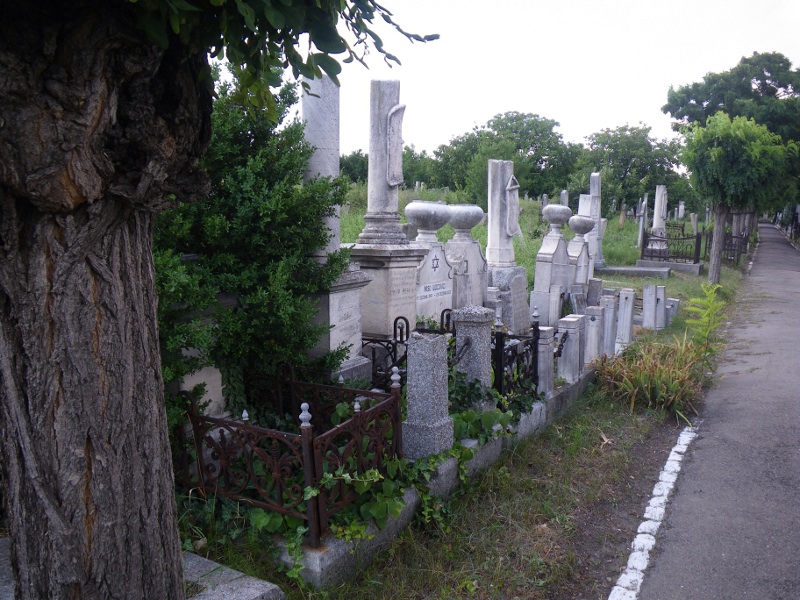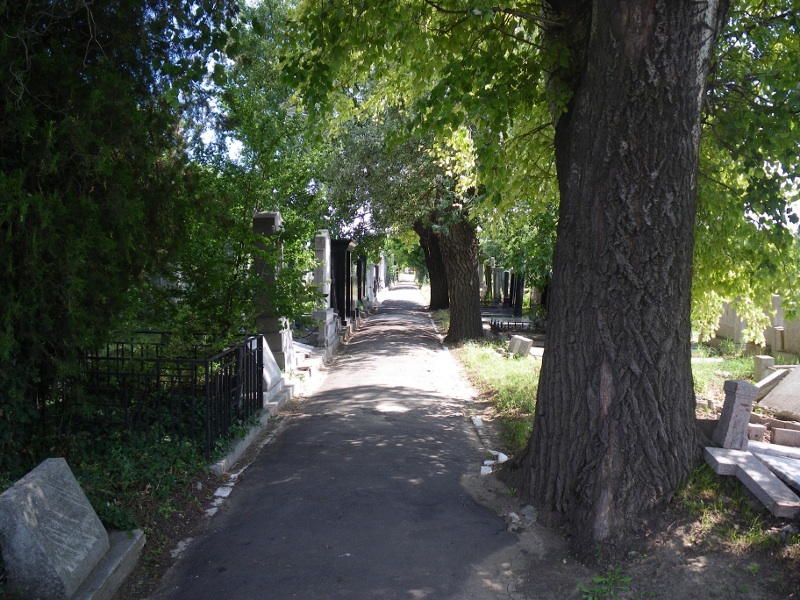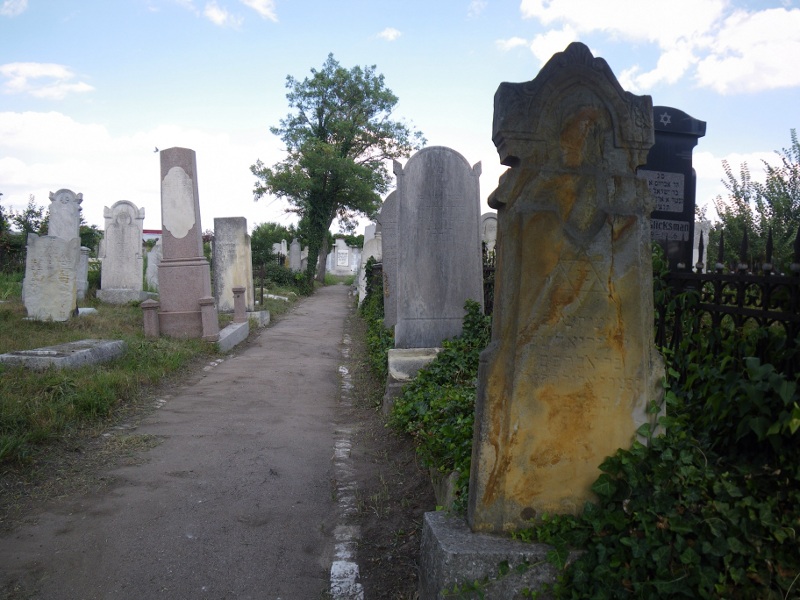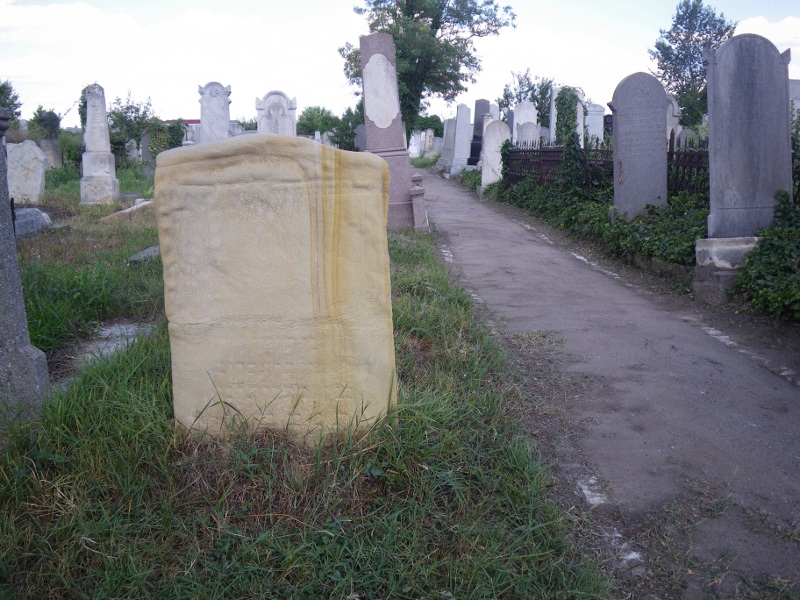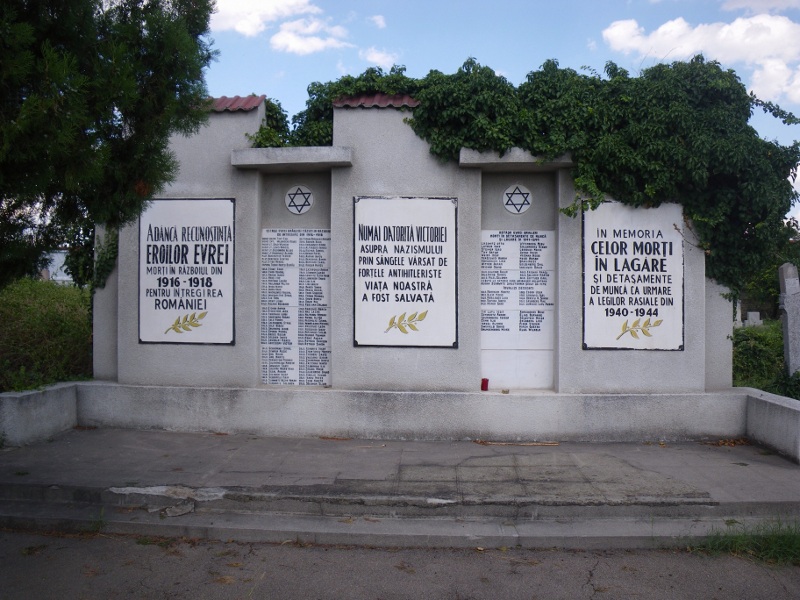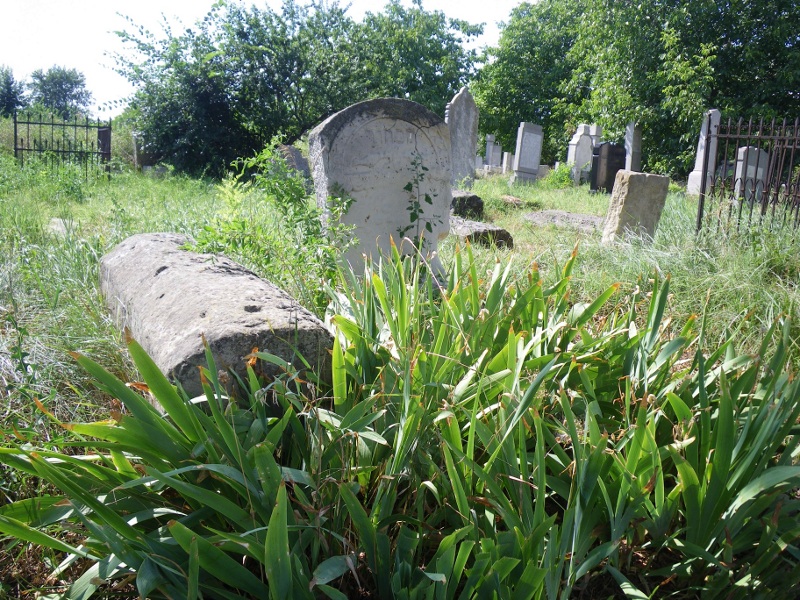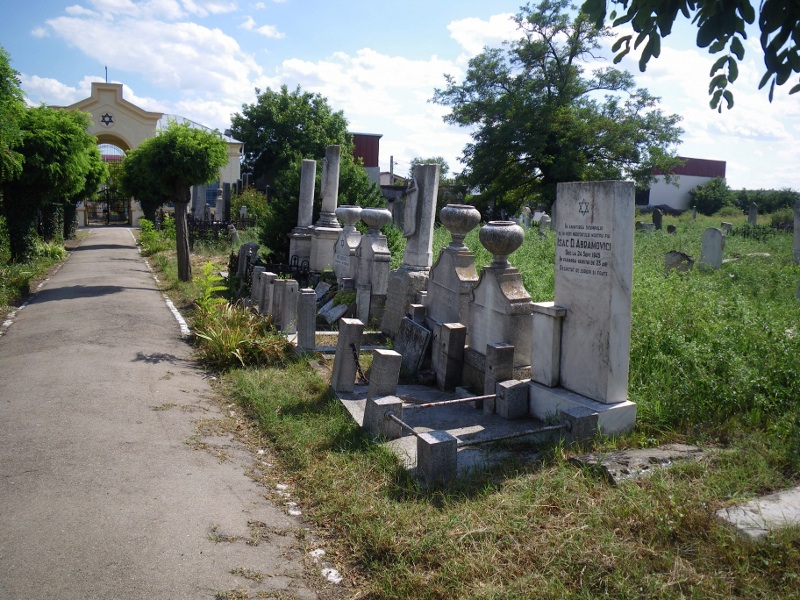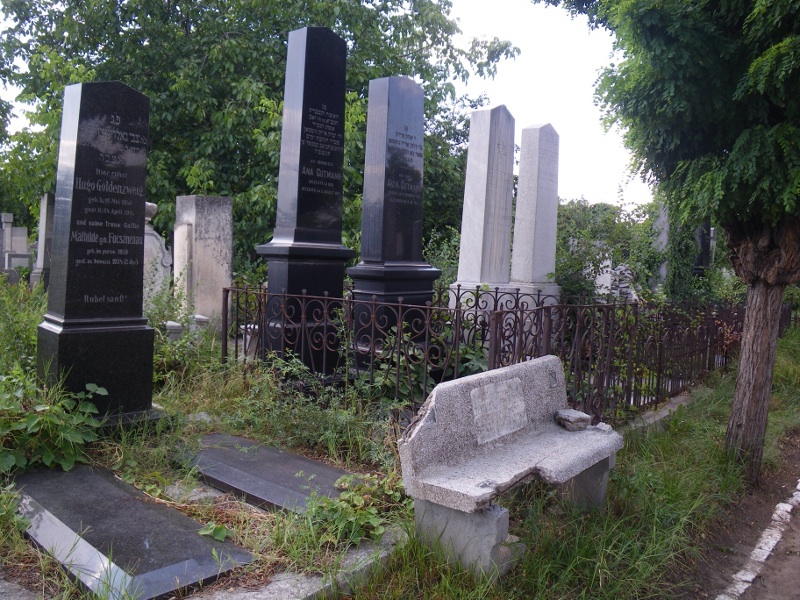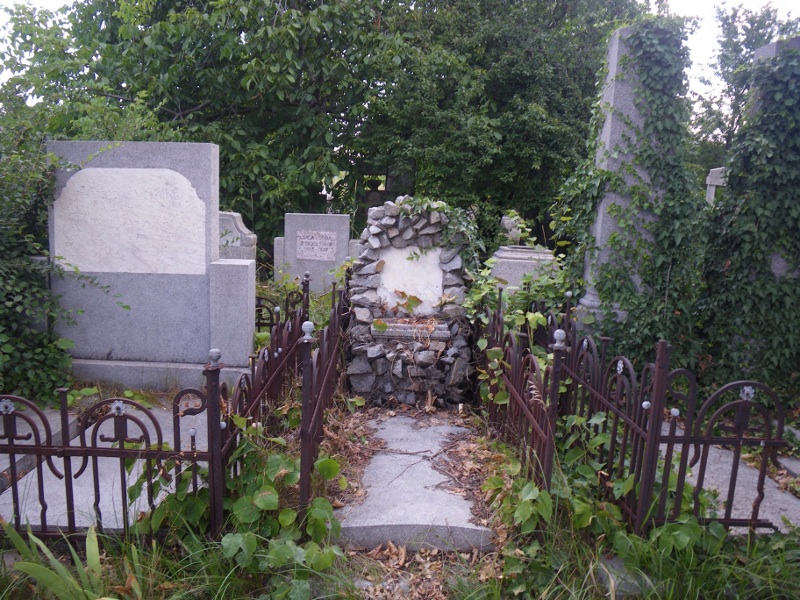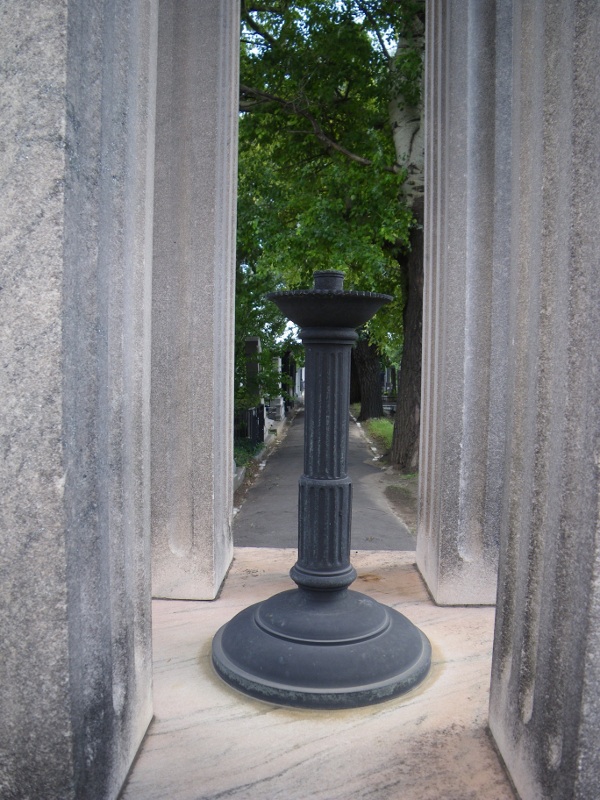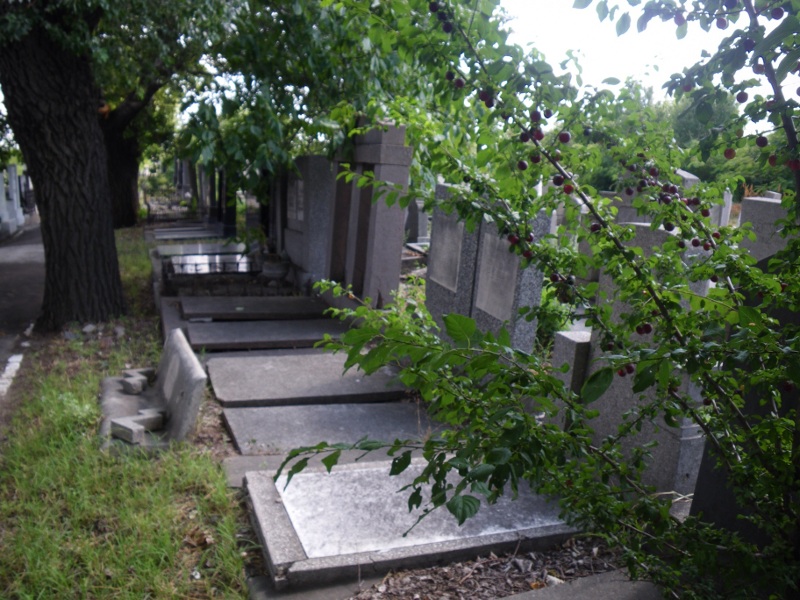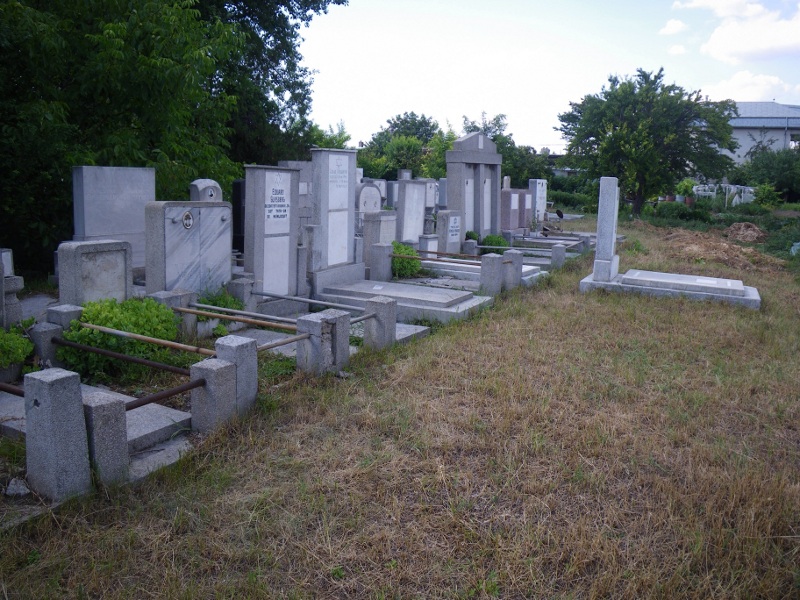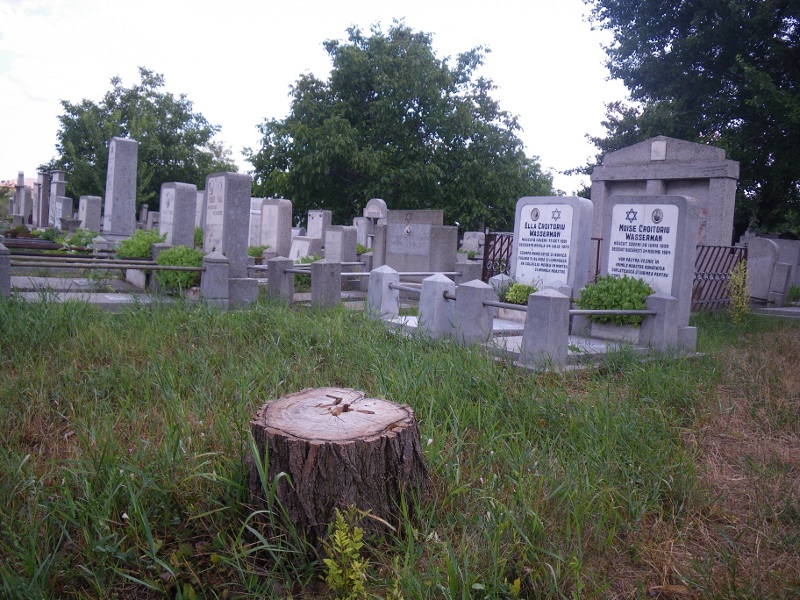 Alternate names: Brăila [Rom], Brailov and рэила / Браилов [Rus], İbrail [Turk], Ibraila, Ukrainian: Браїла, Bulgarian: Браила. 45°16' N, 27°59' E, port on the Danube in eastern Romania, 13 miles SSW of Galaţi. Jewish population: 9,830 (in 1899), 7,246 (1930). port near Galati. Wikipedia [Mar 2014]
Alternate names: Brăila [Rom], Brailov and рэила / Браилов [Rus], İbrail [Turk], Ibraila, Ukrainian: Браїла, Bulgarian: Браила. 45°16' N, 27°59' E, port on the Danube in eastern Romania, 13 miles SSW of Galaţi. Jewish population: 9,830 (in 1899), 7,246 (1930). port near Galati. Wikipedia [Mar 2014]
- Encyclopedia of Jewish Life (2001), pp. 179-180: "Braila".
- Pinkas ha-kehilot; entsiklopediya shel ha-yishuvim le-min hivasdam ve-ad le-aher shoat milhemet ha-olam ha-sheniya: Romania vol. 1
(Jerusalem, 1969) p 78. - JewishGen Romanian SIG
- YIVO Encyclopedia. [Mar 2014]
- Czernowitz Bukovina [Mar 2014]
- Jewish Bukovina [Mar 2014]
- county map. [December 2000]
CEMETERY:
Holocaust Memorial [May 2010]
Photograph. Photograph. Photograph. Photograph. [March 2011]
"I have a picture of the family dedicating a gravestone at the Braila cemetery. It must have been fairly large as there was a fairly large Jewish community with several Jewish Sephardim and Ashkenazim congregations. I think there was a letter in the ROM-SIG Newsletter a year or so ago." Source: This email address is being protected from spambots. You need JavaScript enabled to view it. [1/19/97]
cemetery photos but which cemetery unclear. [Mar 2014]
US Commission Report:
BRAILA (I): Braila County
The cemetery is located at Str. Zambilelor no. 1, Braila, judet Braila at 4516 2759, 108.7 miles ENE of Bucharest and 120 km from Buzau. Current town population is over 100,000 with 100-1,000 Jews.
- Mayor Lungu Anton, Str. Independemtei no. 1, Braila. Phone: 039/619180.
- The Jewish Community of Tulcea, Str. Unirii no. 2, Bl. B2, ap. 3, Tulcea. Phone: 040/512545
- The Federation of The Jewish Communities of Romania, Sf. Vineri Str. no. 9-11, sect. 3, Bucharest, Romania
- "A.D. Xenopol" Institute of History, Lascar Catargi Str., no. 15, 6400- Iasi (judet Iasi), Romania. Tel. 032/212614; e-mail: This email address is being protected from spambots. You need JavaScript enabled to view it.. Director: Alexandru Zub.
- Caretaker and key holder: Stan Maria, Str. Zambilelor 1, Braila. Phone: 039/616433
The Jewish population by census was 2623 in 1899 and was 6655 in 1930. In 1941, the Jews were deported to Caracal (Romania) and Transnistria. The cemetery was established in 19th century. Last known burial was May 2001. The unlandmarked Orthodox cemetery is 2 km from the congregation that used it.
The isolated urban flat land has Jewish symbols on wall or gate. Reached by a public road, access is open with permission. A masonry wall and a gate that locks surround the site. Approximate pre- and post-WWII size is 600 m x 400 m. More than 5,000 stones are visible. More than 5,000 are in original location. 20-100 stones are not in original location. More than 75% of the stones are toppled or broken. Location of stones removed from the cemetery is unknown. Vegetation overgrowth in the cemetery is not a problem. Water drainage is good all year.
No special sections. The oldest known gravestone dates from 19th century. The 19th and 20th century marble, granite, limestone, sandstone, slate and other (probably concrete) gravestones have Hebrew, Yiddish, German, Hungarian, and Romanian inscriptions. Some have traces of painting on their surfaces, iron decorations or letting, bronze decorations or lettering, and other metallic elements and portraits on stones, sculpted monuments, and multi-stone monuments. Some have iron decoration or lettering, bronze decoration or lettering, other than metallic elements, portraits on stones, and metal fences around graves. The cemetery has Holocaust memorial, and memorials to pogrom victims and Jewish soldiers. No known mass graves.
The local Jewish community owns the property used for Jewish cemetery only. Adjacent properties are residential. Frequently, organized Jewish group tours and private Jewish or non-Jewish individuals visit. The never vandalized cemetery Maintenance has been re-erection of stones, patching broken stones, and clearing vegetation. Current care is regular unpaid caretaker. Within the limits of the cemetery is a preburial house with a tahara, catafalque, and an ohel. No threats.
Lucian Nastasă, Clinicilor Str., no. 19, Cluj, Romania, tel. 064/190107. Email: This email address is being protected from spambots. You need JavaScript enabled to view it. visited the site and completed the survey on 15 May 2001.
- Recensamintul general al populatiei Romaniei, 1930, vol.II, publicat de
Sabin Manuila, Bucuresti, 1938. - Izvoare si marturii referitoare la evreii din Romania, I-III/1-2, Bucuresti, 1986-1999.
Lucian Nastasă interviewed Stan Maria, Str. Zambilelor 1, Braila. Phone: 039/616433 on 3 May 2001. [January 2003]
[UPDATE] Photos by Charles Burns [November 2017]
BRAILA (II):
The cemetery is located at Str. Al. I. Cuza no. 75, Braila. The cemetery was established in 19th century with last known burial in 19th century. The unlandmarked Orthodox cemetery is 0.5 km from the congregation that used it.
The isolated urban flat land has no sign or marker. Reached via private property,
access is entirely closed. A fence with a no gate surrounds the site. Approximate pre- and post-WWII size is 50 m x 60 m. 1-20 stones are visible. 50%-75% of the stones are toppled or broken. Stones removed from the cemetery are in Braila, Str. Zambilelor 1 (other cemetery.) Vegetation overgrowth in the cemetery is not a problem. Water drainage is good all year.
The cemetery has special sections. The 19th century limestone and sandstone flat shaped gravestones, some with have portraits on stones have Hebrew inscriptions. The municipality owns the property used for Jewish cemetery only. Adjacent properties are residential. Compared to 1939, the cemetery boundaries enclose a smaller area due to a housing development. Rarely, local residents stop. The cemetery was vandalized during WWII. No maintenance. No care now. No structures. Weather erosion and pollution are moderate threats.
Lucian Nastasă, Clinicilor Str., no. 19, Cluj, Romania, tel. 064/190107. Email: This email address is being protected from spambots. You need JavaScript enabled to view it. visited the site and completed the survey on 15 May 2001.
- Recensamintul general al populatiei Romaniei, 1930, vol.II, publicat de
Sabin Manuila, Bucuresti, 1938. - Izvoare si marturii referitoare la evreii din Romania, I-III/1-2, Bucuresti, 1986-1999.
Lucian Nastasă interviewed Costin Eleonora, Bul. Independentei 122, ap. 15, Braila. Phone: 039/615775 on 3 May 2001. [January 2003]
http://galiciantraces.com/braila-romania/
Photos courtesy Edgar Hauster [2012]


